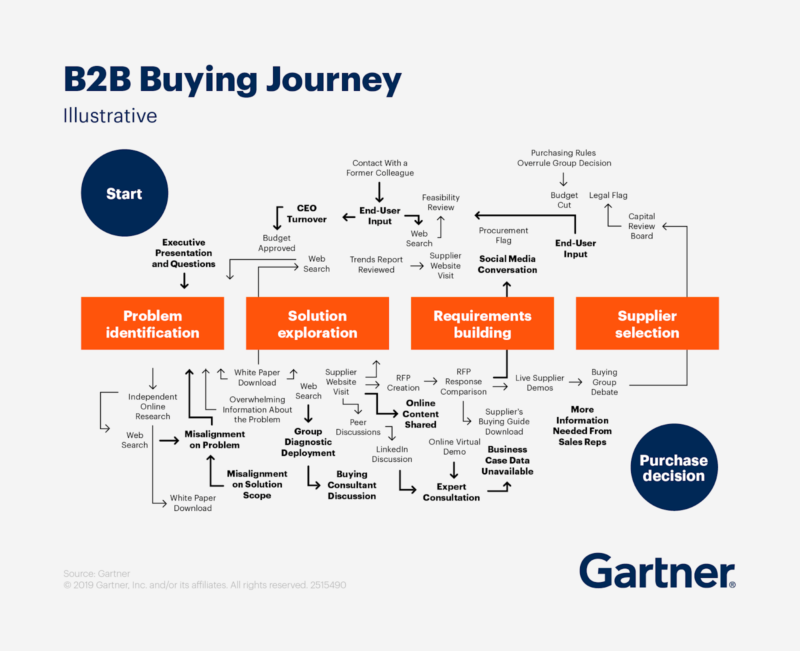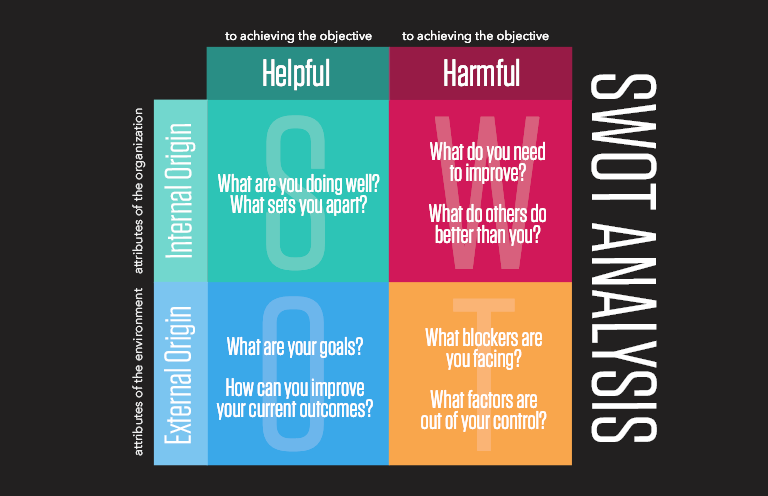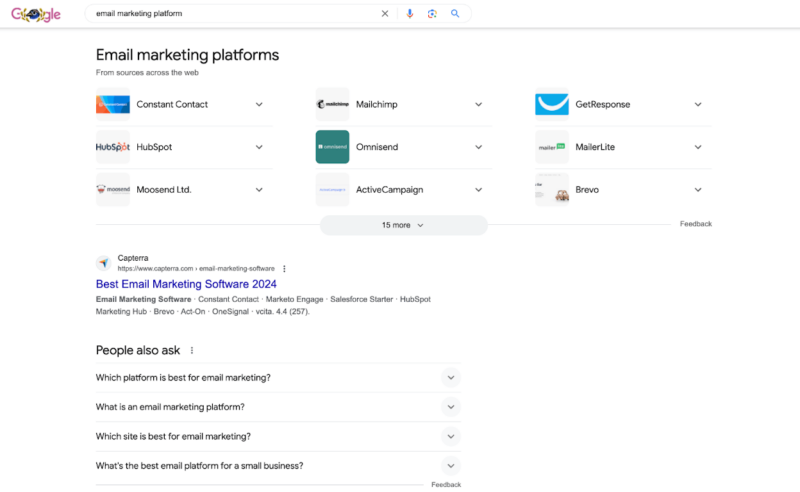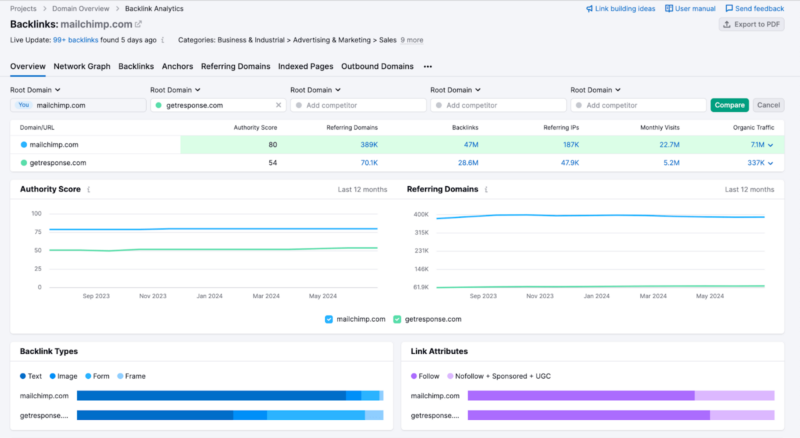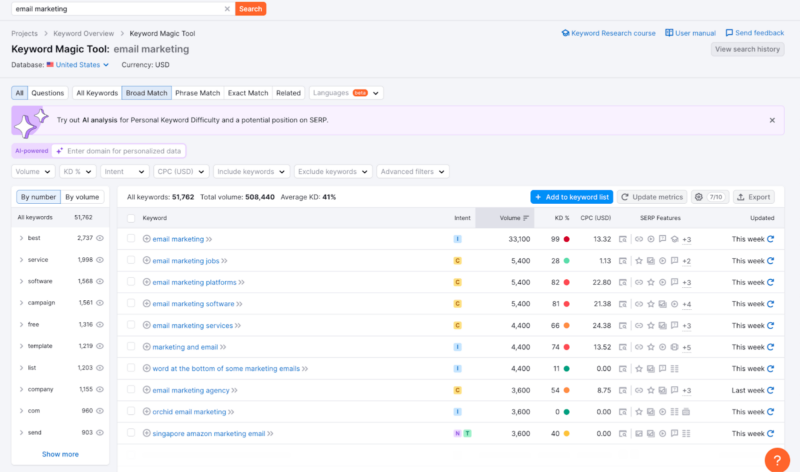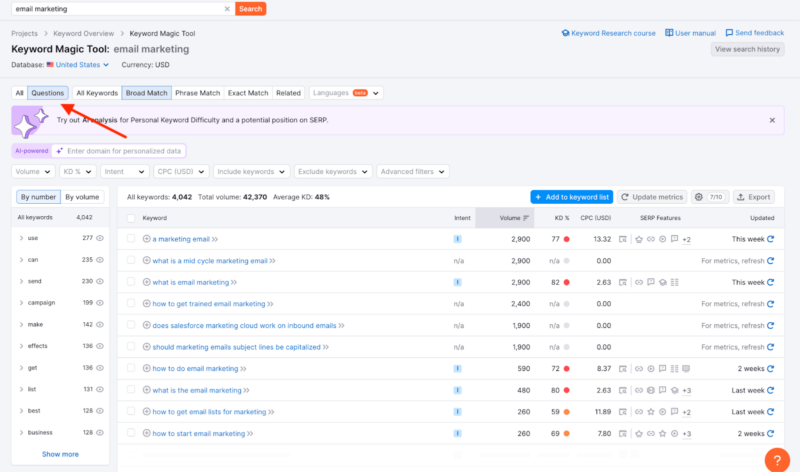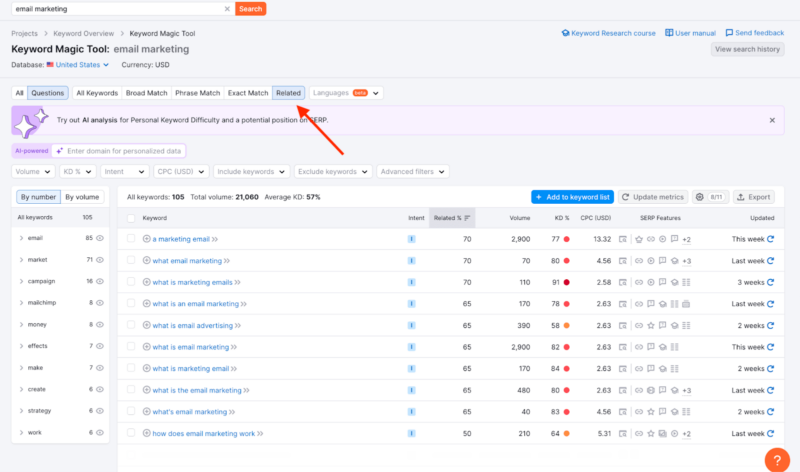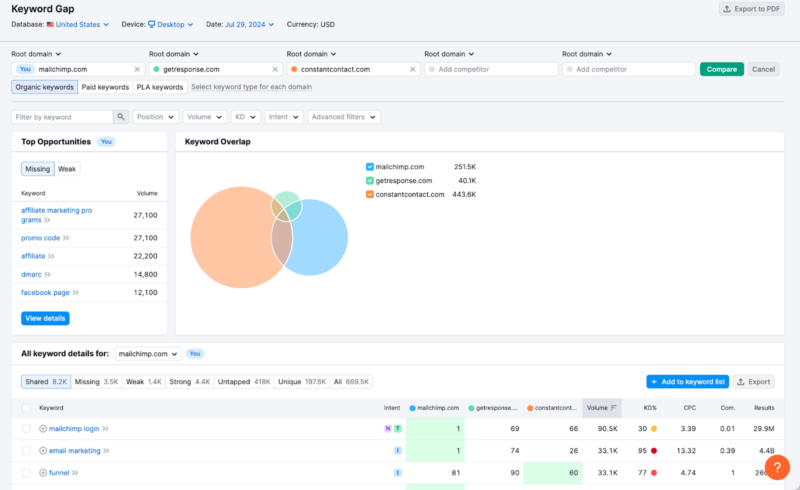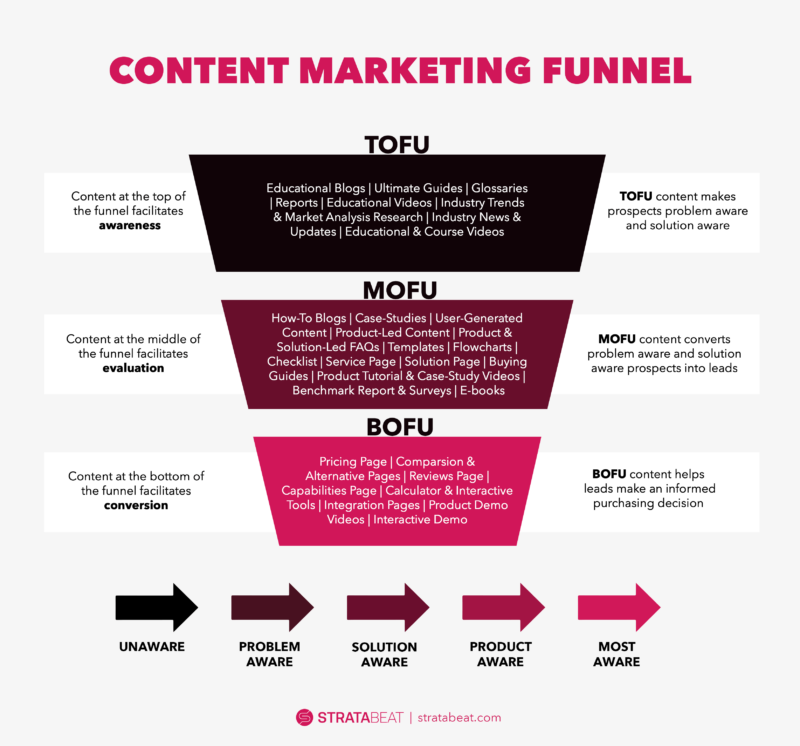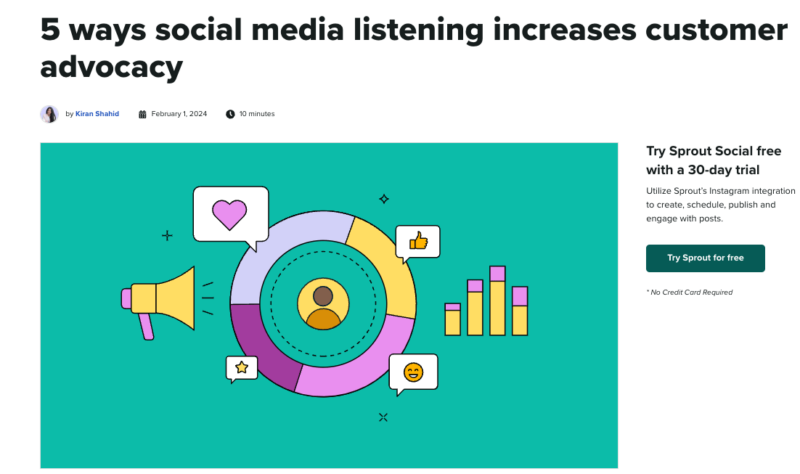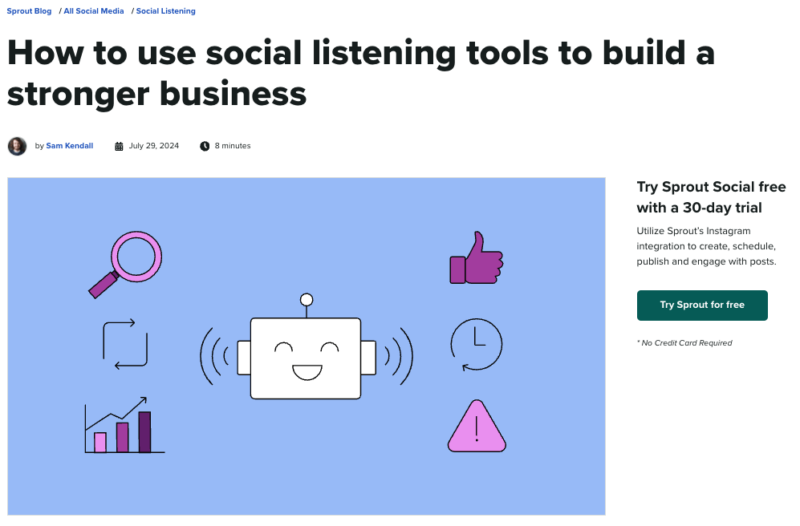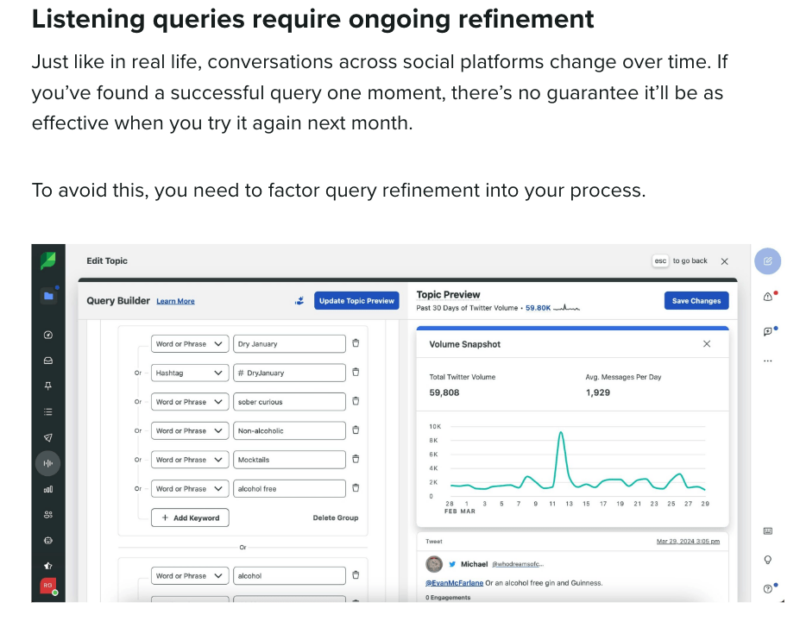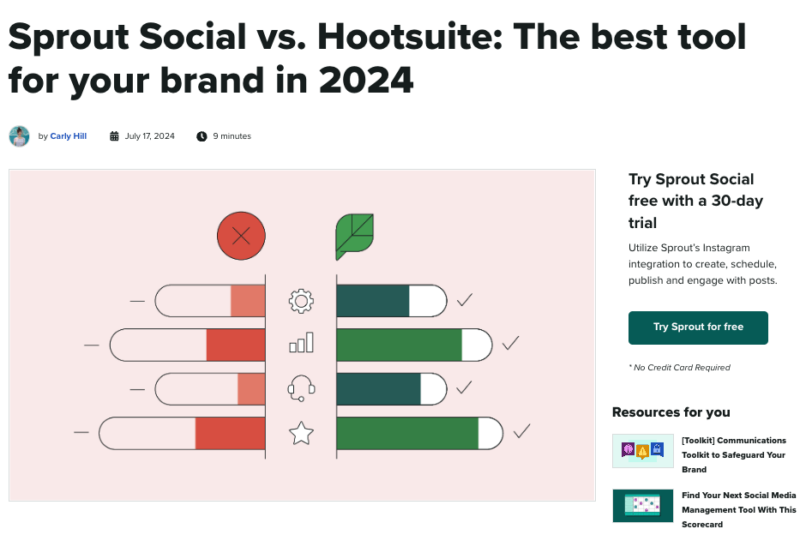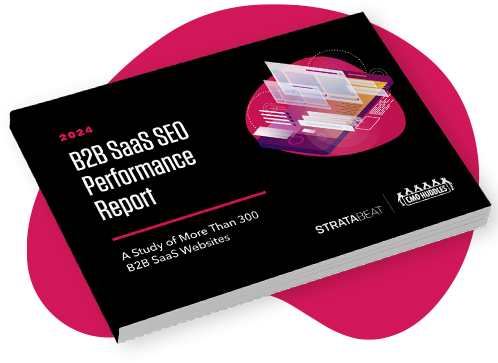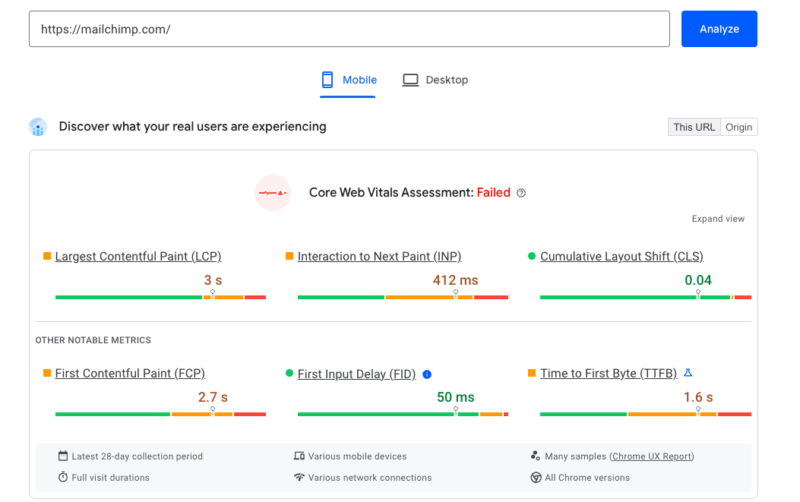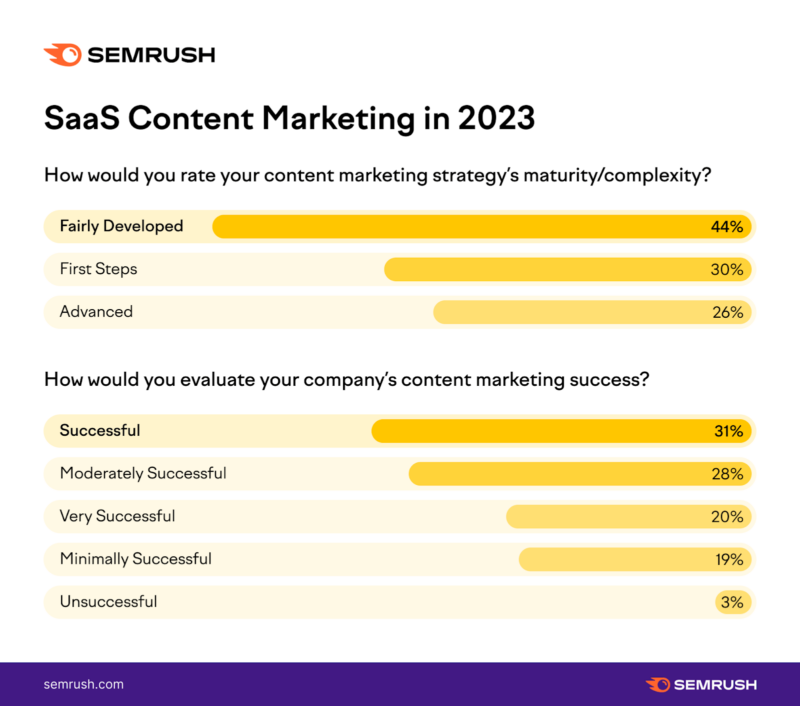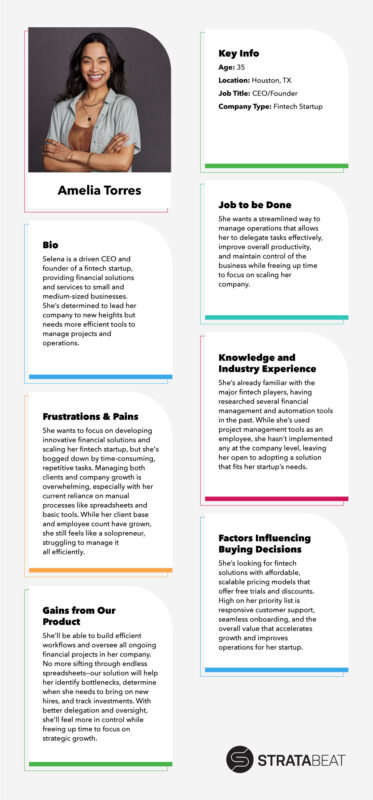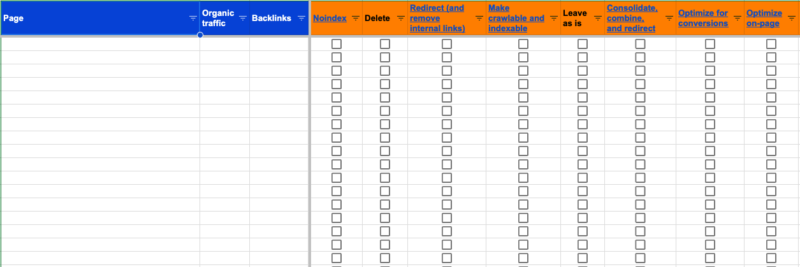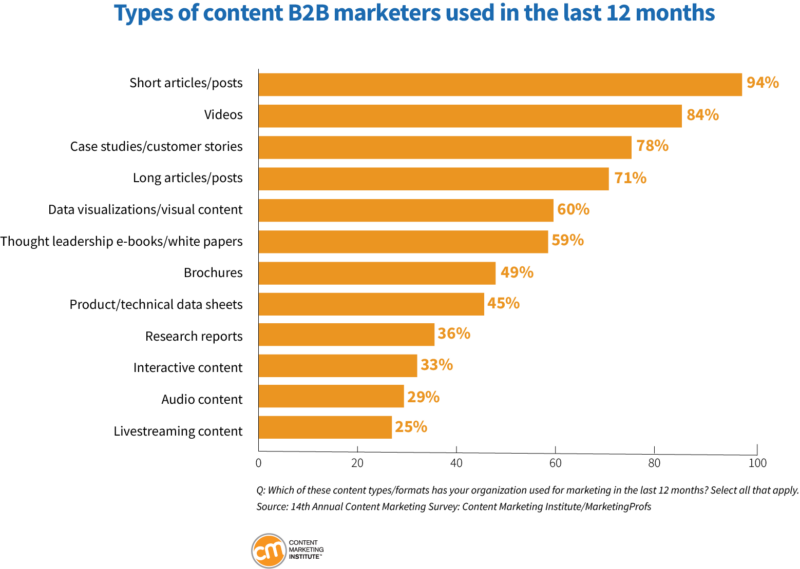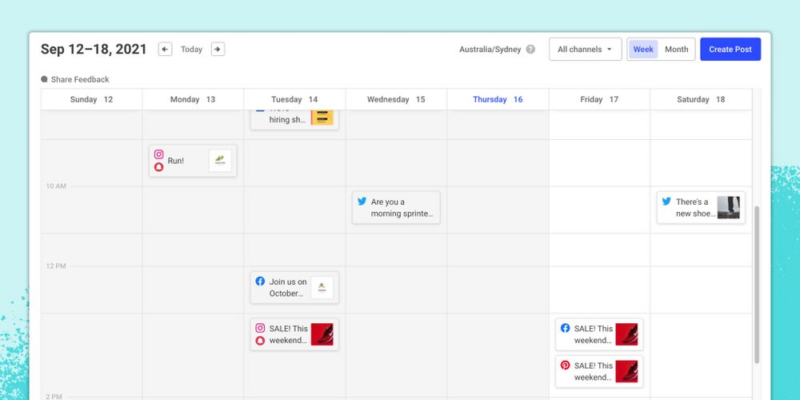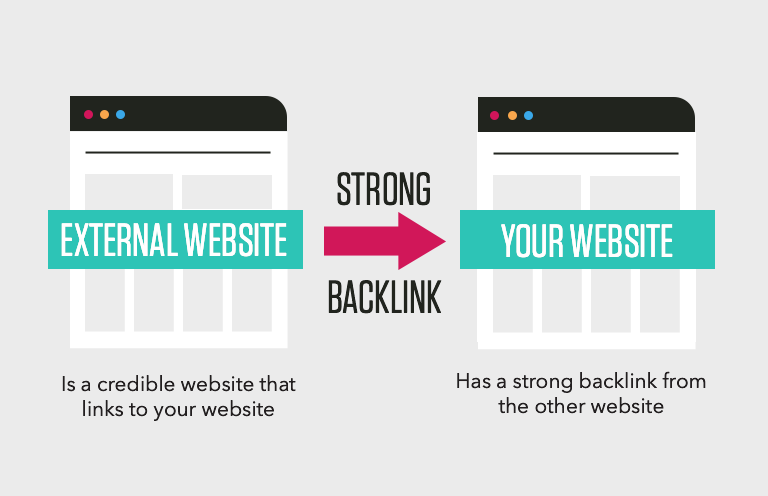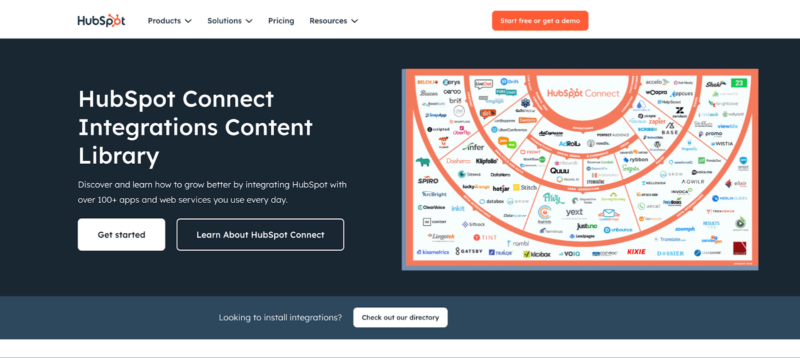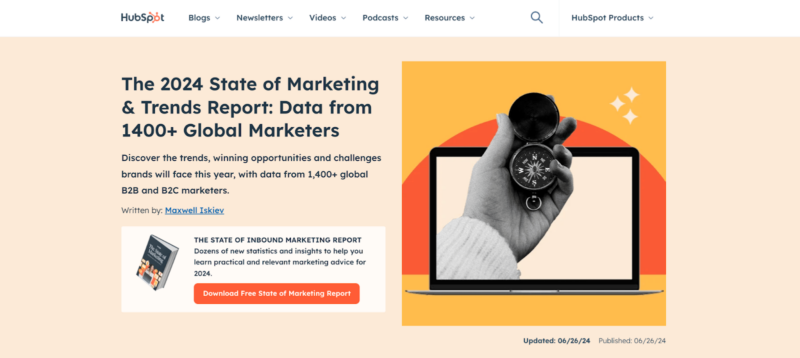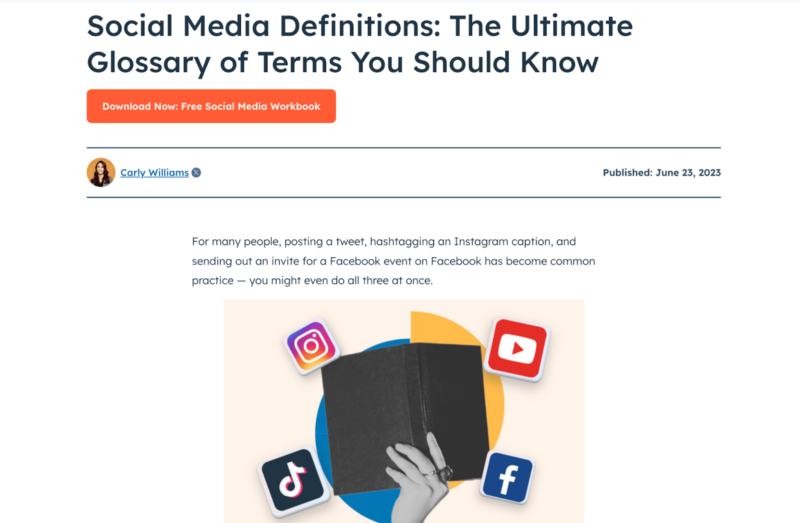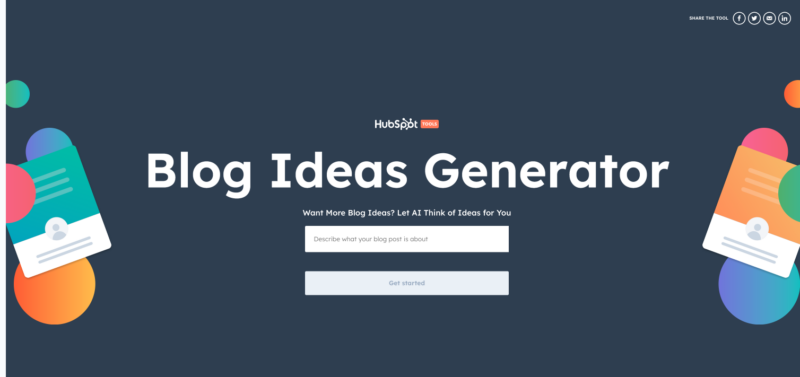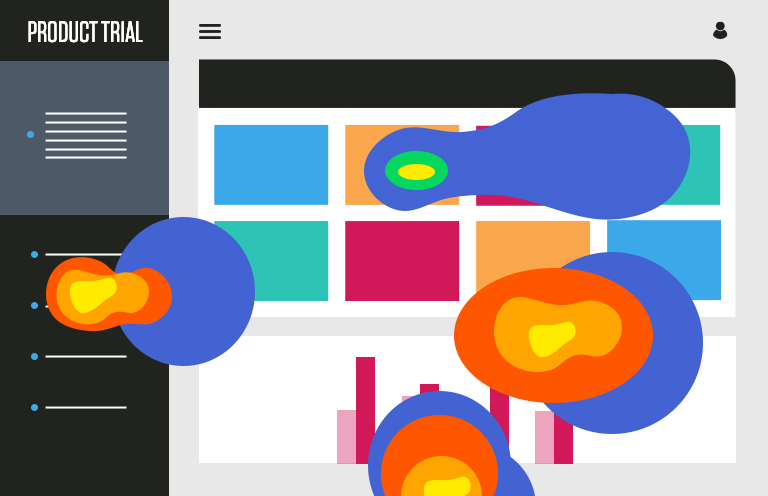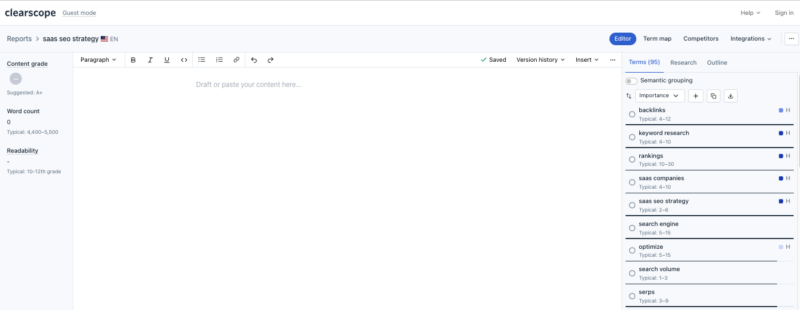SaaS SEO Strategy: Your Comprehensive Guide to Organic Growth

Key Takeaways
- SaaS SEO Defined: Optimize your SaaS website with targeted keyword research, SERP analysis, and compelling content to attract high-quality leads at the precise moment they’re searching for your solutions.
- Unique Industry Challenges: Overcome fierce competition, narrow niche audiences, and complex, multi-decision-maker buying journeys that require a tailored, data-driven SEO approach.
- Step-by-Step Process: Follow a structured methodology—from initial discovery and competitive analysis through advanced keyword research, technical SEO audits, and aligning content with the buyer journey—to build a robust SEO strategy.
- Data-Driven Insights: Leverage key metrics such as organic traffic, keyword rankings, conversion rates, and backlink profiles to continuously refine your strategy and ensure it delivers tangible business outcomes.
- Technical SEO Foundations: Ensure your website’s architecture, page speed, mobile-friendliness, HTTPS security, schema markup, and Core Web Vitals are optimized, providing a strong foundation for all other SEO efforts.
- Content Strategy Aligned with Buyer Journey: Create targeted content for every stage—from awareness through consideration to decision—using topic clusters and product-led assets to build authority and nurture leads.
- Strategic Link Building: Enhance your site’s authority by earning high-quality backlinks through original research, partnerships, guest contributions, and the development of valuable, evergreen resources.
- Continuous Optimization and Scaling: Implement ongoing monitoring, automation, and integration with broader marketing initiatives, and consider partnering with specialized agencies to scale your SEO efforts as your business grows.
The potential of SEO for driving traffic growth and attracting high-quality leads is great, but figuring out where to start and how to most effectively tailor SEO strategies for your SaaS products can be challenging.
Perhaps you find that some SEO tactics here and there work, but they might be disjointed without a cohesive, underlying strategy. You’re creating content, but it’s not driving demo requests or free trials, for example.
Or, you’re optimizing for keywords, but they don’t seem to match what your potential customers are actually searching for. Or, on the flip side, perhaps the actual reasons that your prospects are converting are not accurately reflected in your site taxonomy.
In this comprehensive guide, we’ll walk you through the essential steps to create a powerful SaaS SEO strategy that boosts brand authority, generates qualfied leads, and ultimately, fuels pipeline growth.
What is SaaS SEO?
How to Build a Comprehensive SaaS SEO Strategy
Step 3: Advanced Keyword Research
As a foundational element of your SaaS SEO strategy, keyword research pinpoints opportunities that align with your business objectives and user needs.
Let’s explore advanced techniques to identify both high-impact and long-tail keywords that can drive significant results for your SaaS company.
Here are the different types of relevant keywords for SaaS companies you need to look for:
- Errors: Related to issues users may encounter (e.g. “email bounce rate too high”)
- Informational: Educational or how-to topics (e.g. “how to improve email open rates”)
- Commercial: Both top and bottom-of-the-funnel awareness, (e.g. “best email marketing software for small business”)
- Integrations: Connections with other tools (e.g. “email marketing Salesforce integration”)
- Navigational: Specific website or page searches (e.g. “Mailchimp login”)
- Transactional: Action-oriented searches (e.g. “buy email marketing software”)
- Job-to-be-Done: Task-specific queries (e.g. “segment email list by customer behavior”)
- Linkable assets: Content with high link potential (e.g. “email marketing benchmarks report 2024”)
Now, let’s talk about keyword research tools and techniques. Semrush and Ahrefs both offer comprehensive keyword research features.
Let’s walk through an example using Semush, focusing on Mailchimp and email marketing:
Begin with the Keyword Magic tool. Enter a seed keyword, like “email marketing,” and you’ll receive an extensive list of keywords.
Use the filters to refine further. Look for keywords with low keyword difficulty but decent search volume. These are your low-hanging fruit.
Consider the various keyword types mentioned earlier. While tools provide metrics like search volume and keyword difficulty, these shouldn’t be your sole determining factors. Consider additional aspects such as:
- Alignment with product features
- Target stage in the buyer journey
- Potential for creating unique, valuable content
- Opportunities for link-building
Next, explore the Questions filter. These search queries are excellent for creating FAQ content and addressing user concerns.
Use the Related Keywords and Keyword Variations features to discover long-tail opportunities.
The Keyword Gap tool is also great for this exercise. It reveals keywords your competitors are ranking for that you aren’t, providing insights into potential opportunities.
Now, once you’ve got your list of potential keywords, it’s time for a SERP analysis. That means check out the first page of Google.
Why? Because you need to make sure your content matches the search intent. If the top results for “project management software” are all comparison pages, a how-to guide may not be the best approach.
As your company evolves, expand your strategy to include more brand-specific keywords and create linkable assets. Continuously monitor the competition, especially for “alternatives” keywords.
Once you have your list of keywords, organize them into clusters. Fergal Byrne, Marketing Director at spreadsheet tool Lido.app, shares a powerful strategy that helped them achieve significant growth:
“Keyword clusters are groups of keywords that all have the same intent. For example, in the list below all of the IF keywords will be used for an article on the IF function.
“Make as many clusters as will make sense and then mobilize your writing team to create each article. Aim to put out three to five articles a week consistently and you will see results after three to six months. This is the exact process we used to grow Lido to over 500,000 searches per month.”
Stratabeat capitalizes on topic clusters in content hubs for our clients as well – using the hub-and-spoke SEO strategy. The “hub” is the big, competitive topic that we want to create more authority around. The spokes are the supporting, often longer-tail content that can link to and boost authority around the hub topic.
It’s like a web of topically relevant posts that all interlink with one another – causing a rising tide to lift all boats. Alexis Trammell, Chief Growth Officer at Stratabeat, describes a couple of the successes we’ve seen with this strategy:
“For a B2B company targeting the Fortune 1000, Stratabeat leveraged a hub-and-spoke strategy which increased monthly organic traffic value by $682,088 and took non-branded organic Google page one rankings from zero to 1,500.
“For a robotics company, we leaned into the hub-and-spoke strategy as well. And within just 14 months, their blog went from zero to nearly 30k visits per month and achieved a monthly organic traffic value of $87,867. This means that the client would have had to spend nearly $90k in paid ads in order to attain this traffic.”
Keyword research is an ongoing process of discovery, analysis, and refinement. Consistent testing, learning, and optimization are key to maintaining a competitive edge.
Step 4: Aligning SEO with the Buyer Journey
Map keywords and content types to different stages of the customer’s decision-making process. Creating content that aligns with the buyer journey helps you attract and nurture potential customers.
The buyer journey typically consists of three main stages:
- Awareness: This is the top of the funnel. Prospects recognize they have a problem but aren’t sure how to solve it
- Consideration: This is the middle of the funnel. They’re actively researching potential solutions
- Decision: This is the bottom of the funnel. They’re ready to choose a specific product or service
For each stage, create targeted content that addresses the prospect’s needs and search intent:
Awareness stage
At this point, you need to cast a wide net with broad, informational keywords. Create content that educates potential customers about the problems they’re facing, without necessarily pushing your product as the solution.
For example, here’s some awareness-level content from Sprout Social that helps customers increase customer advocacy:
The goal here is to capture top-of-the-funnel search traffic, educate them about the topic, and establish your brand as a thought leader in your industry.
Your goal is to build trust with potential customers by providing educational content.
Consideration stage
As prospects move into the consideration stage, they’re actively exploring solutions to their problems. This is where you target more specific, solution-oriented keywords.
Develop in-depth guides, whitepapers, and case studies that dive deeper into potential solutions. For example, Sprout Social created a blog on how to use social listening tools to build a stronger business.
While they’re still providing valuable information, they’re also indirectly highlighting their product’s features.
Position your solution as a natural fit for solving the problems you’ve been discussing, without being overly promotional. We call this product-led content.
Decision stage
In the decision stage, prospects are ready to choose a specific product or service. Now’s the time to use product-specific and branded keywords.
Create detailed product pages that clearly outline your features, benefits, and pricing information. Customer testimonials and case studies are crucial here, as they provide social proof and real-world examples of your product’s effectiveness.
You might create content highlighting product features or comparing your product to competitors, like Sprout Social does.
The focus should be on your differentiators and unique selling points. What makes your solution stand out? Why should a customer choose you over the competition? This is your opportunity to make a compelling case for your product and drive conversions.
If you want to be omnipresent (which you do want to be), you have to write about anything that’s relevant to your audience, not just your product.
Step 5: Technical SEO Optimization
Technical SEO forms the foundation for all other SEO efforts. A technically sound website ensures search engines can crawl, understand, and index your content. This is a key component of any SaaS SEO strategy.
First, develop a logical, hierarchical structure for your website. This helps both users and search engines navigate your content easily.
Use a clear URL structure that reflects your site’s hierarchy. Implement internal linking strategies to distribute link equity and highlight important pages.
Here’s what clear website architecture looks like:
Next, ensure search engines can access and index your content.
Start by checking your robots.txt file to verify that you’re not inadvertently blocking important pages. Submit an XML sitemap to search engines through Google Search Console.
Ever come across a laggy website that made you close the browser immediately?
Site speed is a crucial ranking factor, especially for mobile searches. Use tools like Google’s PageSpeed Insights to identify and fix speed issues. Common improvements include optimizing images, minifying CSS and JavaScript, and using browser caching.
For example, here’s what the report might look like for Mailchimp:
Plus, With Google’s mobile-first indexing, ensuring your site performs well on mobile devices is essential. Use responsive design to provide a seamless experience across all devices. Test your site’s mobile-friendliness using Google’s Mobile-Friendly Test tool.
Secure your site with HTTPS. Ensure a proper SSL certificate implementation and redirect all HTTP traffic to HTTPS.
Implement relevant schema markup to help search engines understand your content better. For SaaS sites, this might include software application schema, product schema, and review schema.
In one of their webinars, “Execute a Technical SEO Audit Like a Pro”, Moz, an SEO platform recommends considering competitors here too.
“Audit your structured data and rich results not just on your own site, but also on your competitors’ sites using tools like the Google Rich Results Test. This can give you ideas for new schema markup opportunities.”
Lastly, focus on improving your Core Web Vitals metrics, which measure loading performance, interactivity, and visual stability. These factors are now part of Google’s ranking algorithm.
Use tools like Moz Pro, Google Search Console, and Chrome DevTools to perform comprehensive audits. Key areas to check include:
- Crawl errors and broken links
- Duplicate content issues
- Page load times
When addressing technical issues, prioritize fixes based on their potential impact. For example, fix 4xx and 5xx errors first, as these prevent page indexation.
Also: while technical SEO forms the foundation, don’t neglect on-page and off-page SEO factors.
On-page SEO involves optimizing individual pages’ content and HTML source code, including title tags, meta descriptions, header tags, and internal linking. Off-page SEO focuses on improving the site’s perception to search engines through backlinks, social signals, and other external factors that indicate the site’s quality and authority.
Regularly audit your site, stay updated with search engine algorithm changes, and continuously optimize your technical foundation.
Step 6: Content Strategy and Development
SaaS sectors are unique in that their audiences are constantly seeking to educate themselves and grow professionally. In fact, for many, content from companies like yours is their primary source of knowledge and information.
That’s why 70% of SaaS companies have a fairly developed or advanced content marketing strategy.
Thought leadership and educational content positions your company as an authority in your niche which builds trust and credibility with potential customers.
Instead of directly promoting your product, share innovative ideas, industry insights, and forward-thinking perspectives that showcase your deep understanding of the market and your customers’ needs. It builds trust and credibility—crucial when customers are choosing a long-term partner, not just a one-time purchase.
Here’s a tip from Chris Sorensen, CEO of dialer outreach software PhoneBurner, on the kind of content you need to be creating:
“Develop content that acts as a continuous resource for your audience. For example, start with blog posts that answer common pain points, expand these into downloadable guides, and consider engaging video content that can be easily shared.”
But content ideation can be a struggle, and you need a wealth of inspiration to churn out consistent, original ideas. Here are several sources to tap into to create high-quality content:
- Internal expertise like your product teams, customer success managers, and executives
- Customer feedback and pain points
- Product usage data
- Industry reports and research
- Social listening
- Partnerships and collaborations
- Events and webinars
When you have your sources of inspiration, set clear, measurable goals for your content that align with your overall business objectives. For example, you might aim to increase organic traffic by 20% or generate 100 qualified leads per month through your content.
But who are you targeting?
Develop detailed buyer personas based on your ideal customers and each customer segment to pinpoint your target audience. According to our 2024 B2B SaaS SEO Performance Report, the websites segmenting the target audience (e.g., segmentation by industry) increased organic traffic on average by 28.2% vs. 1.8% for those without segmentation.
Understand each segment’s pain points, challenges, and information needs at each stage of the buyer’s journey. Here’s a user persona template to help you get started:
You also need to identify where you currently stand.
Review your existing content to identify gaps, opportunities for updates, and high-performing pieces. The audit pinpoints what’s working, what isn’t, and where you need to focus your efforts.
Here’s a template and guide from Ahrefs that guides you on what to focus on exactly.
But with so many content formats to focus, how do you narrow down what’ll work with your audience?
Select formats that resonate with your audience, such as B2B blogging, whitepapers, videos, or podcasts. Ensure a mix of content types to cater to different preferences and stages of the buyer’s journey.
Research highlights these are the most popular content formats with B2B marketers.
It’s also a good idea to plan your content topics and themes in advance, scheduling creation, review, and publication dates. Use a tool like Buffer or Sprout Social to maintain a consistent publishing cadence and keep your team organized.
We’ve just covered the bare minimum of a B2B content strategy and will help you get started. Next, here are some tips to amplify your content efforts.
- Establish content guidelines: Define your brand voice, tone, and style to ensure consistency across all content. Create style guides your team can reference when creating content.
- Set up your content creation process: Assign roles and responsibilities within your team, including writers, editors, and designers. Establish workflows for content creation, review, and approval to streamline the process.
- Plan for distribution: Identify the channels where your audience is most active and develop a strategy for sharing and promoting your content across these platforms. This might include social media, email marketing, or partnerships with industry influencers which can signal authority through SaaS link building.
- Implement measurement tools: Set up analytics to track key performance indicators (KPIs) that align with your objectives. Choose tools to monitor engagement, traffic, and conversions so you can assess the effectiveness of your content strategy.
- Develop a content repurposing strategy: Plan how to repurpose every piece of content into different formats. This approach extends the life of your content and helps you reach audiences who prefer different mediums.
Breaking down the process inches you closer to creating a B2B SaaS content marketing strategy that increases lead generation, shortens sales cycles, improves customer retention rates, and ultimately boosts your SaaS company’s revenue growth.
Step 7: Link Building and Authority Enhancement
Link building and authority enhancement improve your website’s credibility. This step involves acquiring high-quality backlinks from reputable websites, which signal to search engines your content is authoritative, valuable, and trustworthy.
The approach to link building has evolved, focusing more on earning links through valuable content and relationships rather than artificial tactics.
There are many ways to implement this.
Collaborate with complementary SaaS companies or industry leaders to create joint content, webinars, or integration features. These partnerships often lead to natural SaaS link building opportunities and expand your reach to new audiences.
For example, HubSpot partners with numerous marketing tools, featuring them in their integration marketplace and often co-creating content, resulting in mutual link-building opportunities.
It’s also a good idea to use your SaaS platform’s unique data and network to create industry reports, surveys, or trend analyses. It’s highly linkable because it provides original insights that other people want to use.
Plus, our report shows that websites that conducted original research increased Google Top 10 organic ranking keywords on average by 50.0% vs. a decline of -8.1% for those without original research. They also achieved 2.8X the organic traffic growth rate of those without the research.
HubSpot conducts annual surveys and publishes the results with visually appealing infographics.
It’s also easy to create comprehensive, evergreen resources that become industry references. These could be ultimate guides, glossaries, or tool comparisons, like this article from HubSpot on social media definitions.
You can also participate as a guest on industry podcasts or webinars. These often result in backlinks from the host’s website and provide opportunities to showcase your expertise to a new audience.
For example, HubSpot invited SVP Global Sales at Klaviyo in its “Science of Scaling” podcast.
Pro tip: Prepare unique insights or data points to share during these appearances, increasing the likelihood of the host linking to your site for more information.
Another useful tactic? Develop useful, embeddable tools or widgets that others in your industry would want to share on their sites. Ensure these tools include a link back to your site.
Our research shows that among the websites offering free online tools, 91.7% increased the number of referring domains (websites linking to them). The average increase in referring domains among the websites offering tools was 28.2%
For example, Stratabeat built an SEO ROI calculator and embedded it into one of our blog posts. As another example, here’s a Blog Ideas Generator tool from HubSpot.
The key to successful link building is creating genuinely valuable content and building authentic relationships within your industry. Focus on quality over quantity, and earn links naturally through the merit of your contributions to the field.
Regularly audit your backlink profile to ensure it remains high-quality and relevant, disavowing any toxic links that could harm your site’s authority.
Tips for Ongoing Optimization and Scaling
Scaling SEO Efforts
As your SaaS company grows, scaling your SEO efforts becomes crucial to maintain and improve your search visibility. This involves automating certain tasks, integrating SEO with broader marketing activities, and using AI where possible to improve.
Automation plays a key role here. Implement SEO tools that can automatically monitor your site’s technical health, track keyword rankings, and generate regular performance reports.
For instance, use tools like Semrush’s Site Audit to set up automated crawls that alert you to critical issues like broken links or missing meta descriptions. This frees up your team to focus on strategy and high-impact tasks.
Also, understand that SEO doesn’t operate in a vacuum. Integrate SEO with your broader marketing activities to create a cohesive strategy.
Collaborate with your product team to incorporate SEO considerations into new feature launches or product updates. For example, work with the product team to create optimized landing pages and documentation when launching a new feature.
Automate routine tasks and analyses with AI. Bots can analyze vast amounts of data to provide insights and automate complex tasks. For example, AI-powered tools can analyze search intent at scale, helping you understand what type of content to create for specific keywords.
One practical application of AI in SEO is in content optimization. Tools like Clearscope or Surfer use AI to analyze top-ranking content for your target keywords and provide recommendations for optimizing your own content.
You can scale your content creation efforts while optimizing each piece.
Note: Use your judgment and research to create original content that isn’t just a regurgitated version of the SERPs. Incorporate keyword suggestions from these tools, but maintain your originality.
As you scale, continue to train and share knowledge. Develop SEO metrics, guidelines and best practices you can easily share across your organization. Consider creating an internal SEO training program to ensure all relevant team members understand SEO principles and how they apply to their roles.
